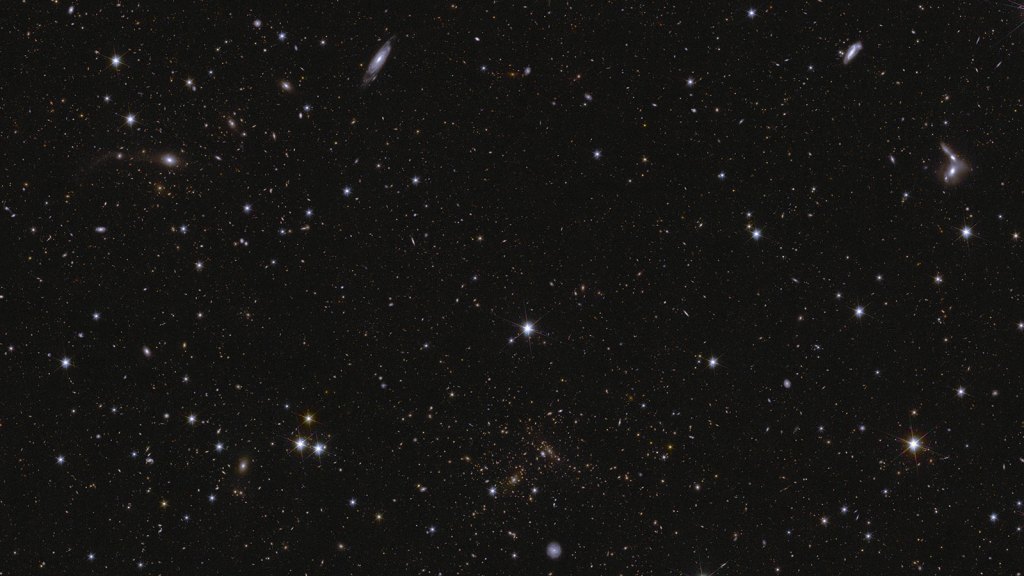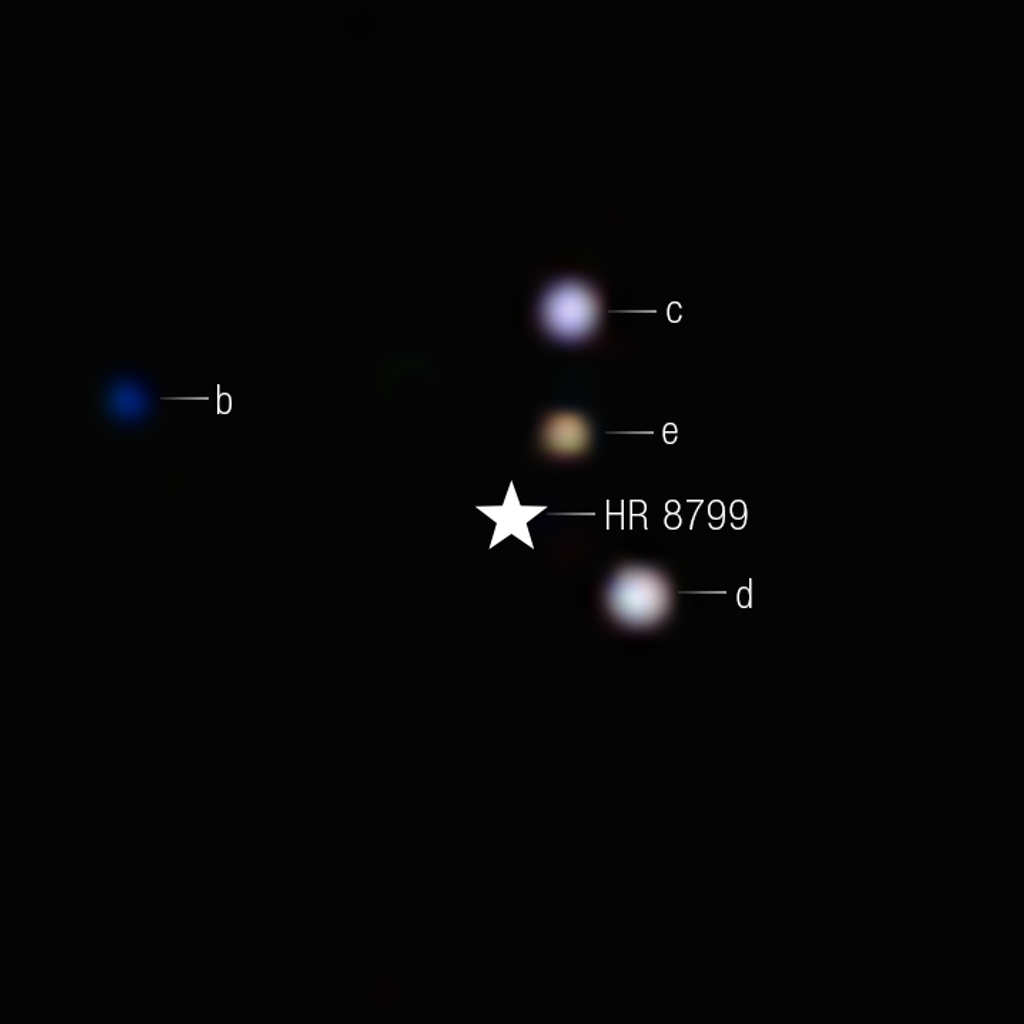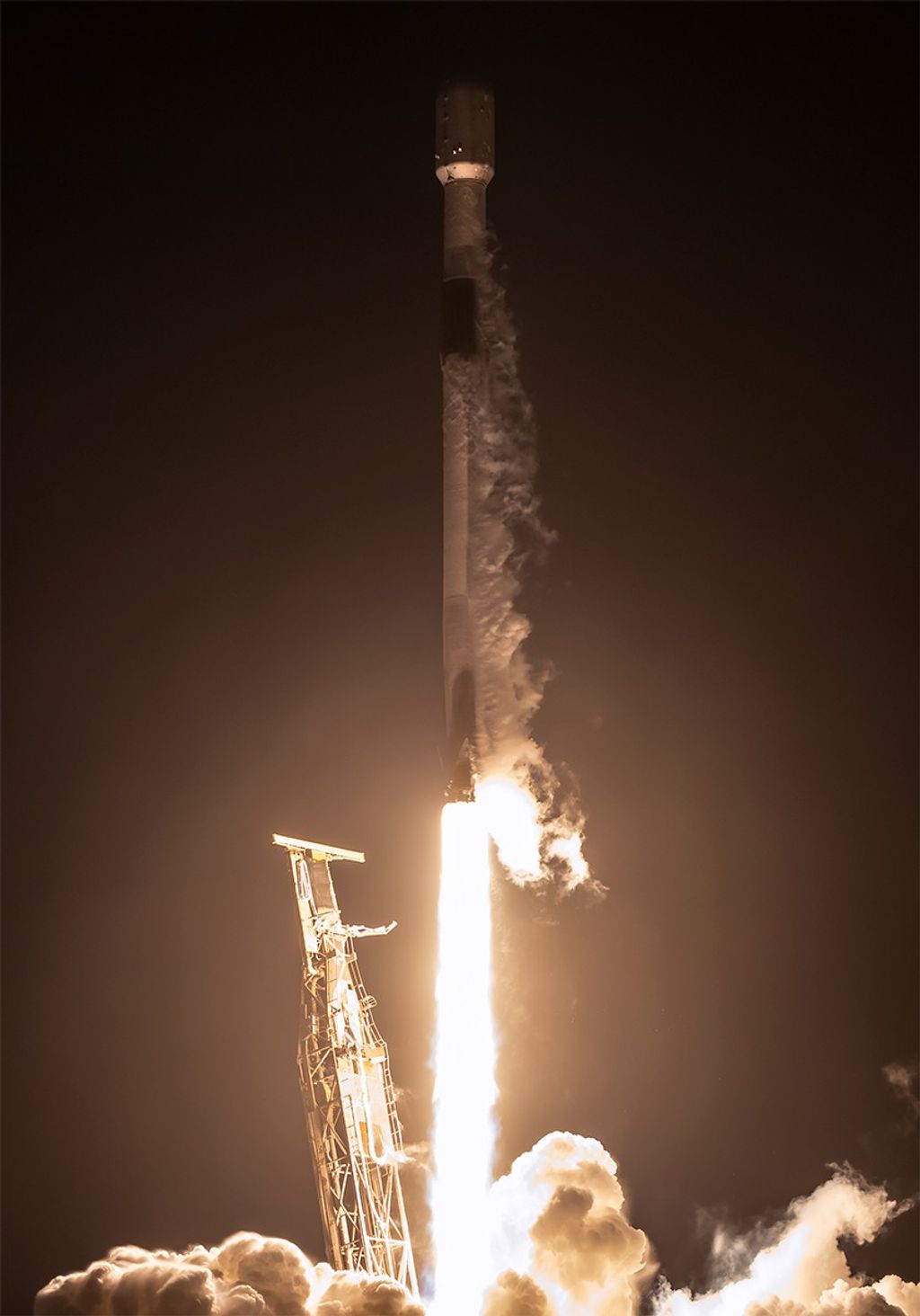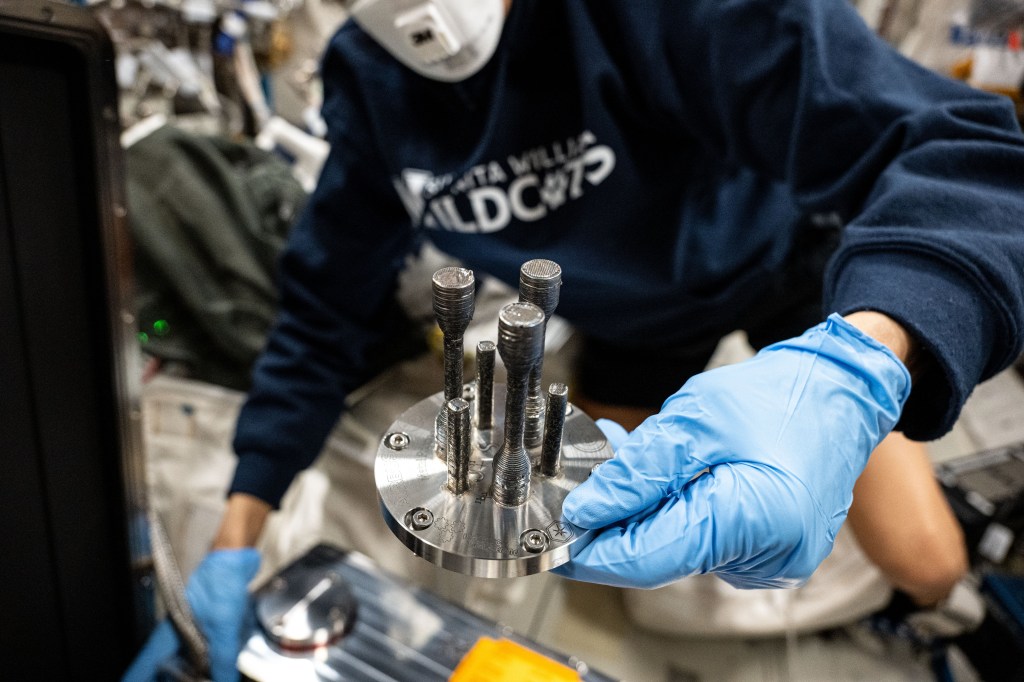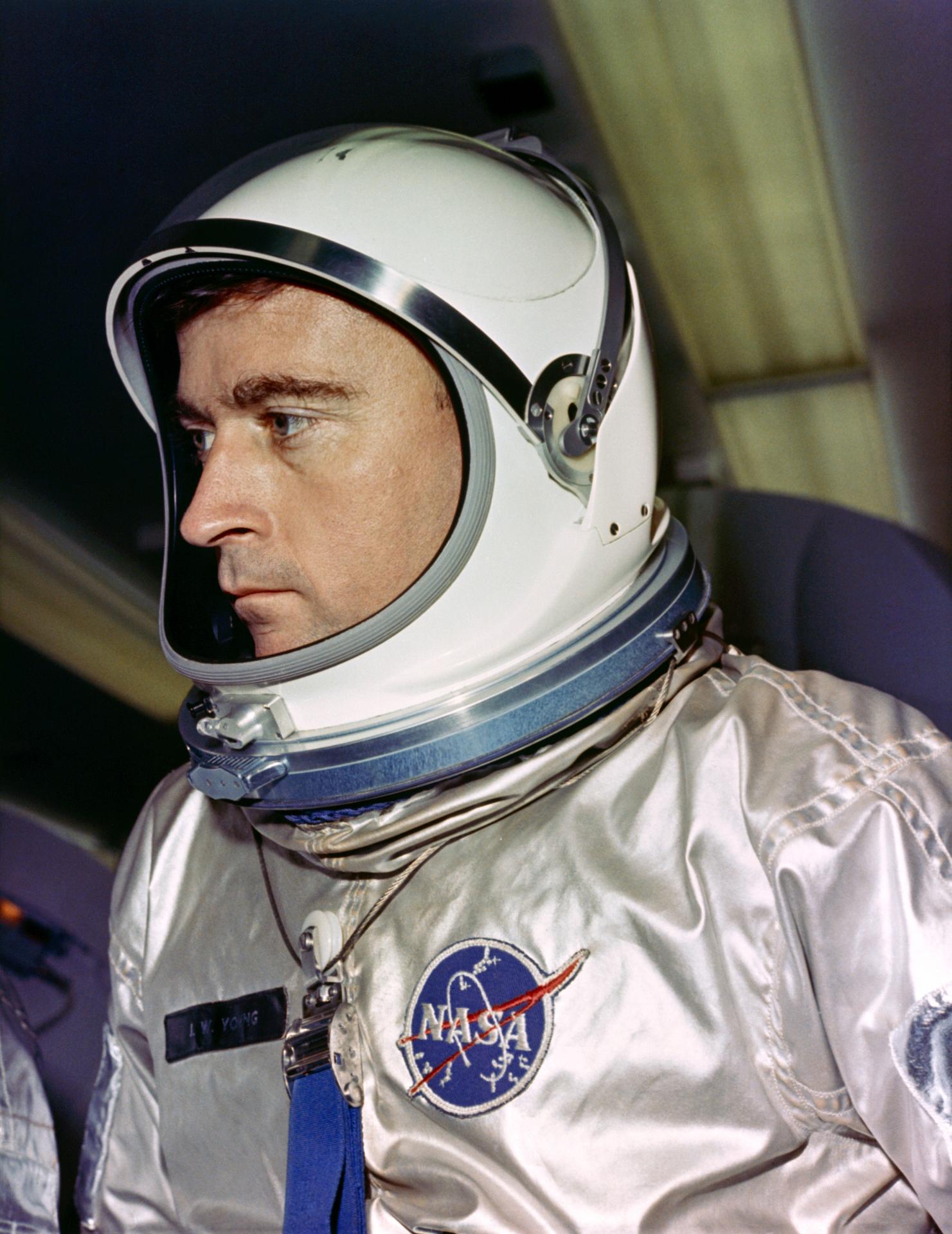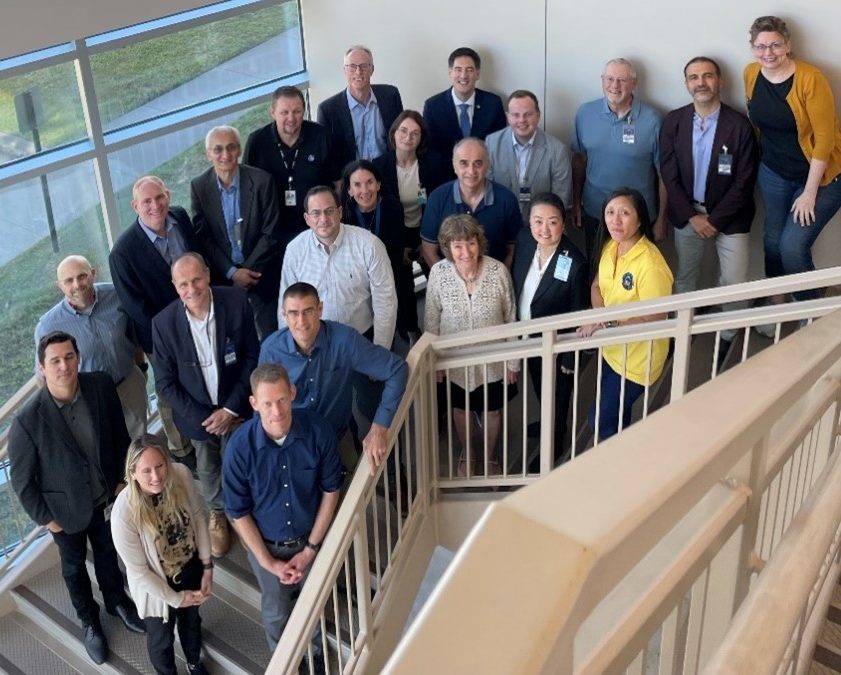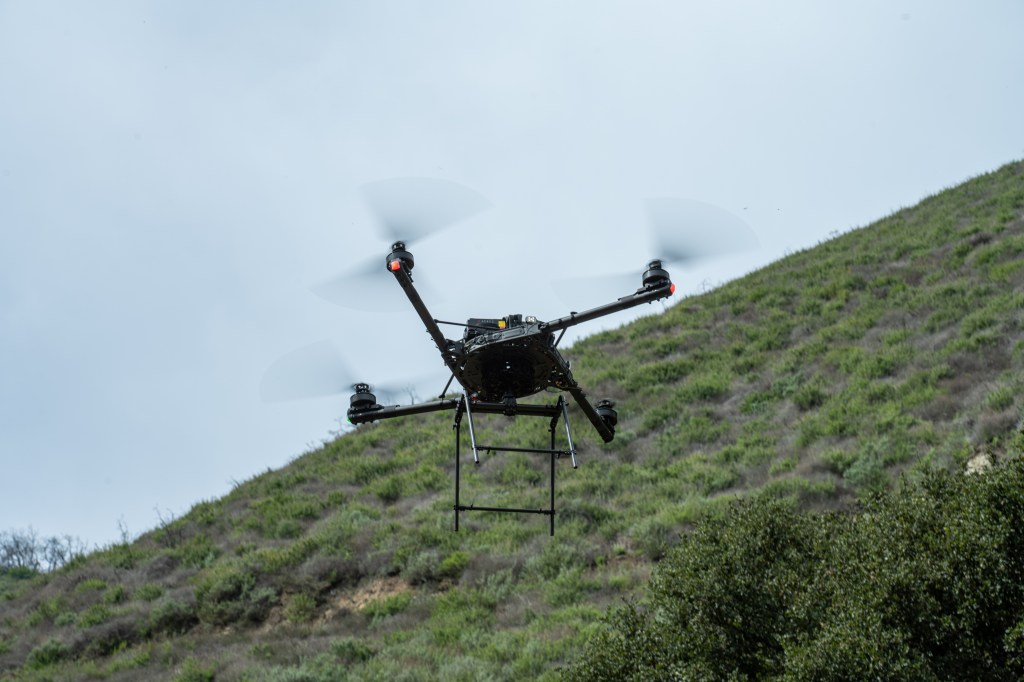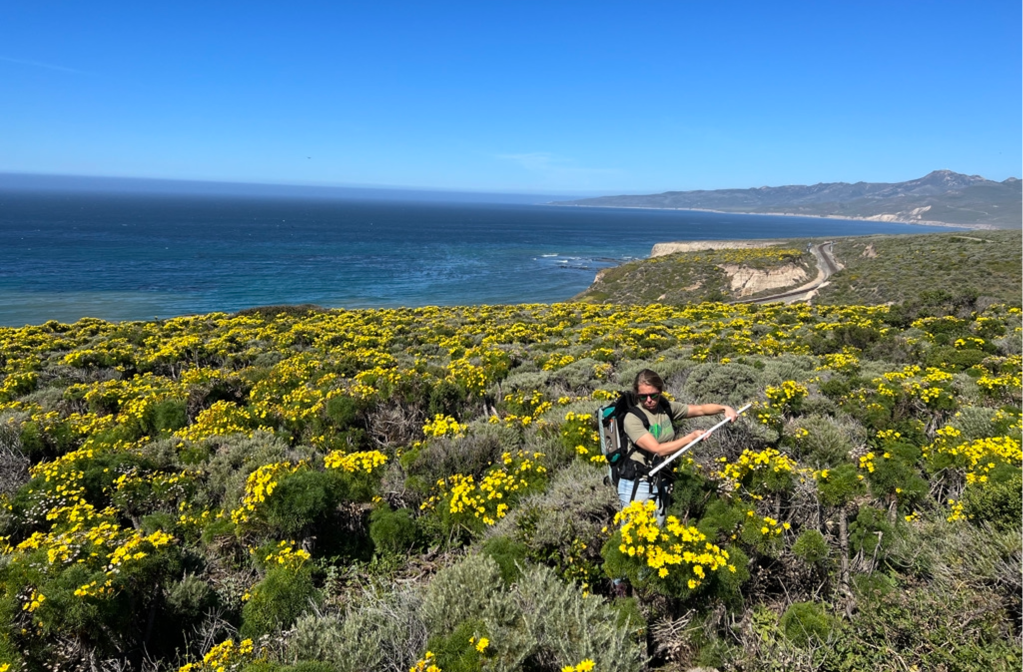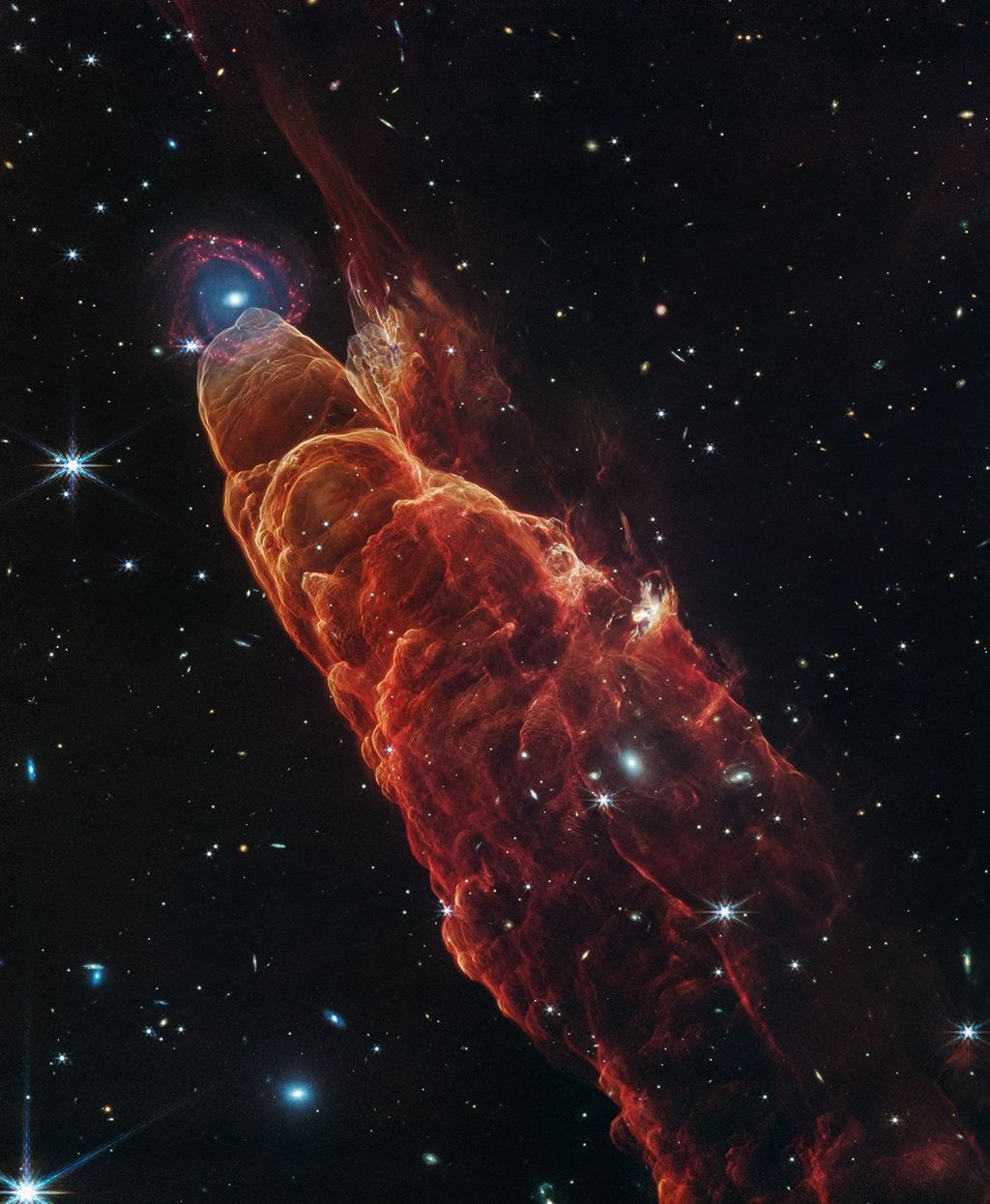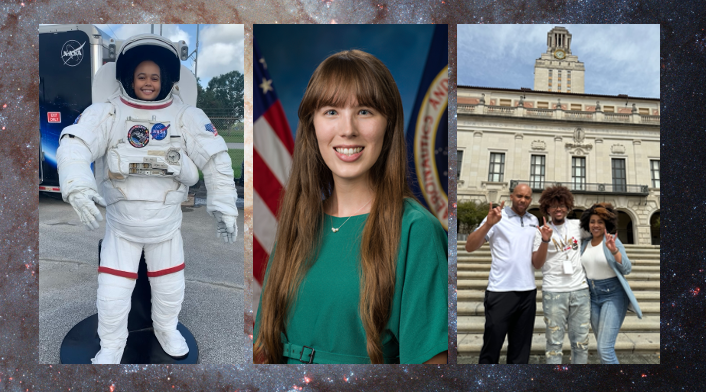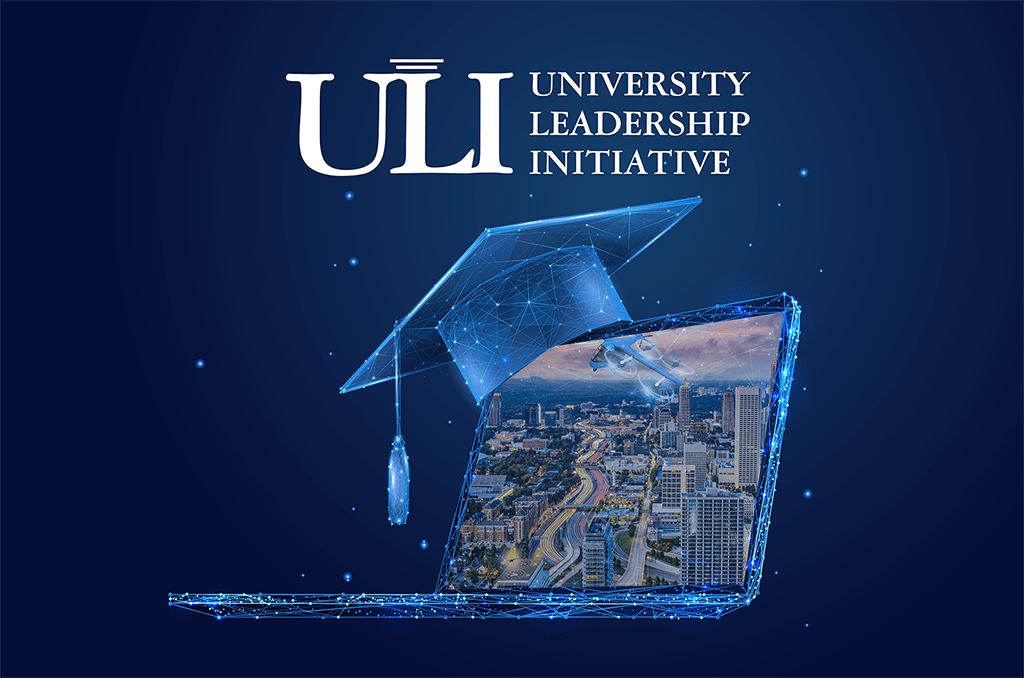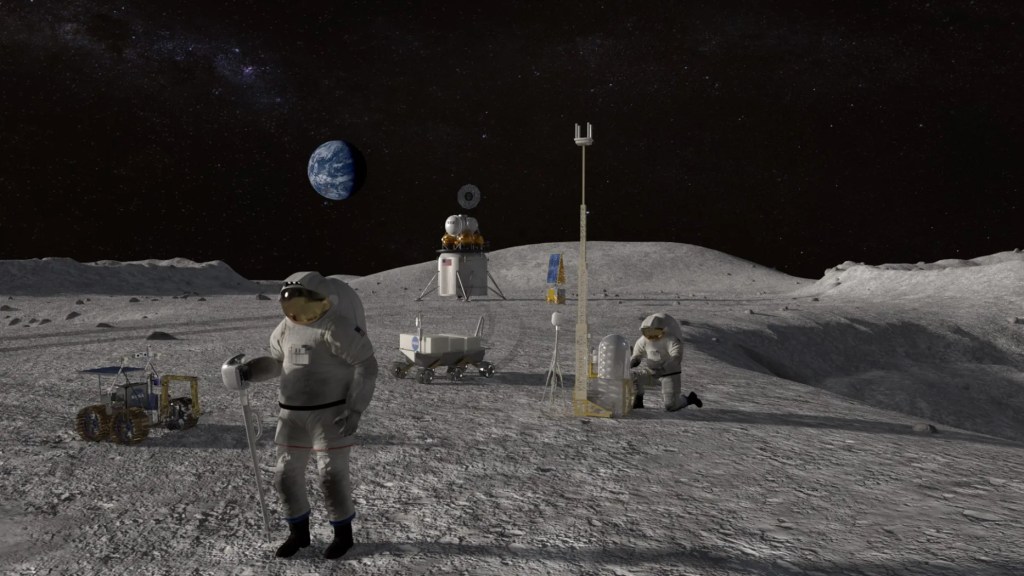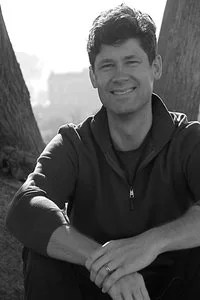
Thomas P. Wagner
Program Scientist
Thomas P. Wagner is a Program Scientist in the Planetary Science Division at NASA Headquarters. He leads the Discovery Program, which selects new missions for exploration of the solar system, and serves as Program Scientist for the DragonFly mission that will search for precursors to life on Saturn’s moon Titan.
Previously, Tom served as NASA’s Cryosphere Program Scientist in the Earth Science Division at NASA Headquarters. In this role, he directed NASA activities for the Earth’s polar regions and global cryosphere. He was the Program Scientist for development and launch of NASA’s ICESat-2, a space-based lidar currently characterizing the changing heights of global ice and forest cover, as well as designing and overseeing the decade-long Operation IceBridge mission, the largest aircraft survey of the Earth’s polar ice sheets ever flown. Tom also developed and ran various research programs focused on the Arctic and Antarctic, remote sensing, climate change, sea level rise, weather, and water resources. He served as the NASA Staff Representative to the Interagency Arctic Research Policy Committee at the Whitehouse’s Office of Science and Technology Policy and helped author the US Arctic Research Plan: 2013-2017.
Before joining NASA in 2009, Tom was the Program Director for Antarctic Earth Sciences at the US National Science Foundation, where he oversaw geology and geophysics programs for the Antarctic continent and Southern Ocean. He has been to Antarctica six times, and helped plan the US research program for the International Polar Year (2007-2009), including serving as Program Director for the ANDRILL and AGAP projects.
Tom earned his bachelor’s degree in geology at the State University of New York at Binghamton and his doctorate at the Massachusetts Institute of Technology with thesis research focused on volcanoes of the Earth and moon. After graduate school, Tom spent six years teaching at the University of Papua New Guinea, where he became involved in university administration and foreign aid projects supported by the United Nations and the World Bank.
Tom enjoys outreach about all forms of science and technology, and in addition to public speaking and news program appearances, he has helped with many factual and fictional works for adults and children.

